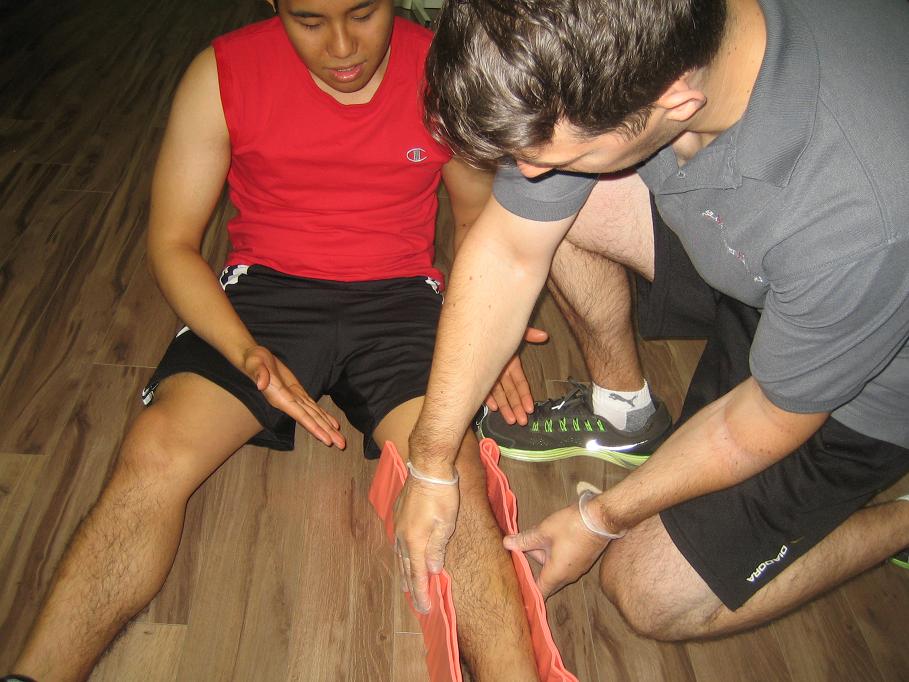One of the most effective ways to eliminate employee absenteeism due to accidents and other physical injuries in the workplace is to assess the workplace environment in order to determine the risk level in the area. By identifying this key piece of information, employers will be able to determine if they need to invest money on first aid kits and training that are specifically meant for high risk areas. Considering that Halifax is already well-acquainted with workplace disasters because of the Halifax explosion, taking Halifax first aid classes that can educate employees regarding the right first aid techniques for high risk areas is very important. Here are some of the characteristics of a high risk workplace environment.
Regular usage of hazardous machinery
These are the types of equipment which can directly cause physical harm to employees. This type of machinery includes chainsaws and lathes. Employers should evaluate these machines to identify the potential risks, the duration in which they will be used and the extent that they can be used safely.
Regular usage of hazardous materials or substances
Certain chemicals, materials and substances can cause health problems once they are accidentally mishandled or misused by employees. Prolonged exposure to these chemicals can also cause sudden medical problems such as shortness of breath and skin allergies. Some of the industries that regularly use these types of materials include laboratories, pharmaceuticals and petrol stations.

Exposure to fall-prone areas
These workplaces may require employees to walk, stand or even stay in an area which can cause them to slip or fall at any given time. A perfect example of these areas includes construction sites in which employees may be required to work while standing on ledges and other hazardous areas.
Exposure to extremely hot and cold areas
Aside from a workplace environment that are fall-prone, working in areas where employees are exposed to extreme temperatures are also considered high-risk since they can cause other emergent medical problems aside from hypothermia and hyperthemria. These also include businesses which may require employees to work outdoors during extreme temperatures.
Exposure to physical violence
These are the types of workplaces in which employees may need to interact with customers and other people who may cause direct physical harm. These businesses include restaurants or bars which serve alcoholic beverages, hospitals and groceries or stores which are open even at night.
By keeping these characteristics in mind, employers can avoid income loss due to employee absenteeism caused by accidents in the workplace. This can also increase the productivity rate of employees by raising morale since workplace hazards will not be that common.

